How To Polish Fountain Pen ?
To polish a fountain pen, start by disassembling the pen and cleaning each part with a mild soap and water solution. Use a soft cloth or a toothbrush to gently scrub away any dirt or ink residue. Rinse the parts thoroughly and allow them to dry completely. Next, use a polishing cloth or a microfiber cloth to buff the pen's body and cap. Apply a small amount of metal polish to the cloth and gently rub it onto any metal components of the pen, such as the clip or the nib. Be careful not to apply too much pressure or polish for too long, as this can damage the pen's finish. Finally, reassemble the pen and give it a final wipe with a clean cloth to remove any excess polish. Your fountain pen should now be polished and ready to use.
1、 Choosing the right polishing materials for fountain pens
Choosing the right polishing materials for fountain pens is essential to maintain their appearance and functionality. Polishing a fountain pen not only removes scratches and tarnish but also helps to protect the pen's surface from further damage. Here's a guide on how to polish a fountain pen effectively.
Firstly, gather the necessary materials. You will need a soft microfiber cloth, a mild polishing compound, and a polishing cloth. It is important to choose a polishing compound that is specifically designed for use on fountain pens, as harsh chemicals can damage the pen's finish.
Start by cleaning the pen thoroughly with a soft cloth to remove any dirt or debris. Then, apply a small amount of the polishing compound to the cloth and gently rub it onto the pen's surface in circular motions. Be sure to avoid applying too much pressure, as this can cause further scratches.
Continue polishing until the scratches or tarnish are no longer visible. If necessary, repeat the process with a fresh cloth and more polishing compound. Once you are satisfied with the results, use a clean cloth to remove any excess compound and buff the pen to a shine.
It is important to note that not all fountain pens can be polished. Some pens have delicate finishes or materials that may be damaged by polishing. In such cases, it is best to consult the manufacturer's guidelines or seek professional assistance.
In conclusion, choosing the right polishing materials for fountain pens and following the proper technique is crucial for maintaining their appearance. Regular polishing can help to keep your fountain pen looking its best and prolong its lifespan.
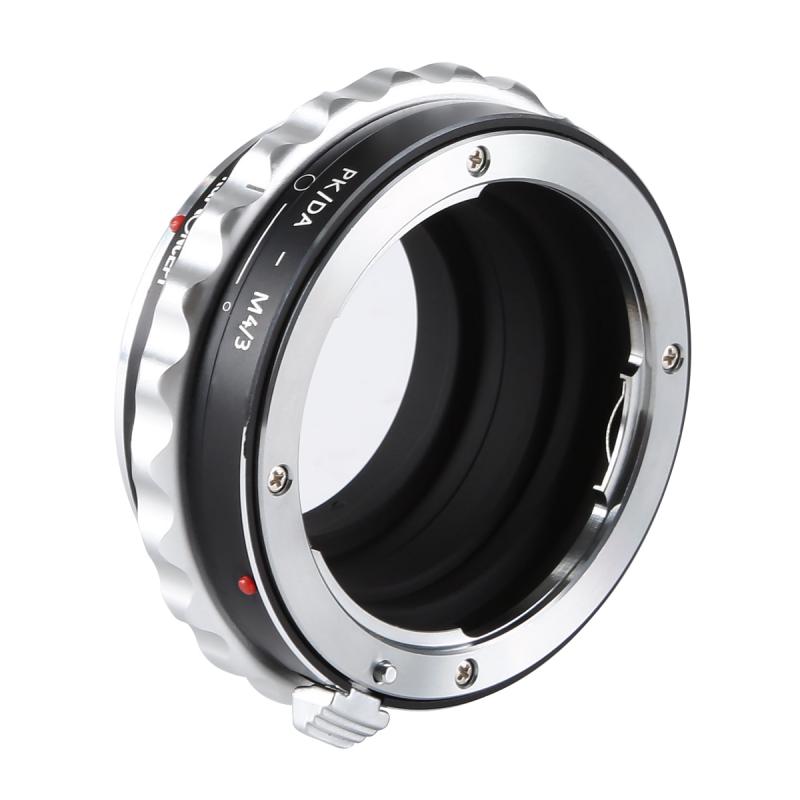
2、 Preparing the fountain pen for polishing
Preparing the fountain pen for polishing is an essential step to ensure a successful and effective polishing process. Here is a step-by-step guide on how to prepare your fountain pen for polishing:
1. Disassemble the pen: Start by carefully disassembling the fountain pen. Remove the cap, barrel, and nib unit, if possible. This will allow you to access all the parts that need polishing.
2. Clean the pen: Before polishing, it is crucial to clean the pen thoroughly. Use a mild soap or fountain pen cleaning solution to remove any ink residue, dirt, or debris. Gently scrub the parts with a soft brush or cloth, ensuring you reach all the nooks and crannies.
3. Inspect for damage: While cleaning, inspect the pen for any visible damage or scratches. Note down any areas that require extra attention during the polishing process.
4. Gather polishing materials: To polish your fountain pen, you will need a microfiber cloth or a soft polishing cloth, a polishing compound or paste, and a polishing tool such as a Dremel or a rotary tool. Ensure you have all the necessary materials before proceeding.
5. Apply the polishing compound: Dab a small amount of polishing compound or paste onto the cloth. Gently rub the cloth onto the pen's surface in circular motions. Start with light pressure and gradually increase if needed. Focus on the areas that require polishing, such as scratches or dull spots.
6. Buff and shine: Continue rubbing the cloth until the pen's surface starts to shine. Be patient and take your time to achieve the desired results. If using a rotary tool, use a soft polishing attachment and follow the manufacturer's instructions.
7. Reassemble the pen: Once you are satisfied with the polishing, carefully reassemble the fountain pen. Ensure all parts fit snugly and securely.
It is important to note that different materials may require specific polishing techniques. For example, polishing a metal pen may differ from polishing a resin or celluloid pen. Always refer to the manufacturer's guidelines or seek professional advice if you are unsure.
In recent years, there has been a growing interest in natural and eco-friendly polishing alternatives. Some fountain pen enthusiasts have explored using natural compounds like baking soda or toothpaste for polishing. However, it is crucial to exercise caution and conduct thorough research before attempting these methods, as they may not be suitable for all pen materials.
Remember, proper preparation is key to achieving a polished and rejuvenated fountain pen. By following these steps and adapting them to your specific pen's needs, you can restore its beauty and functionality.
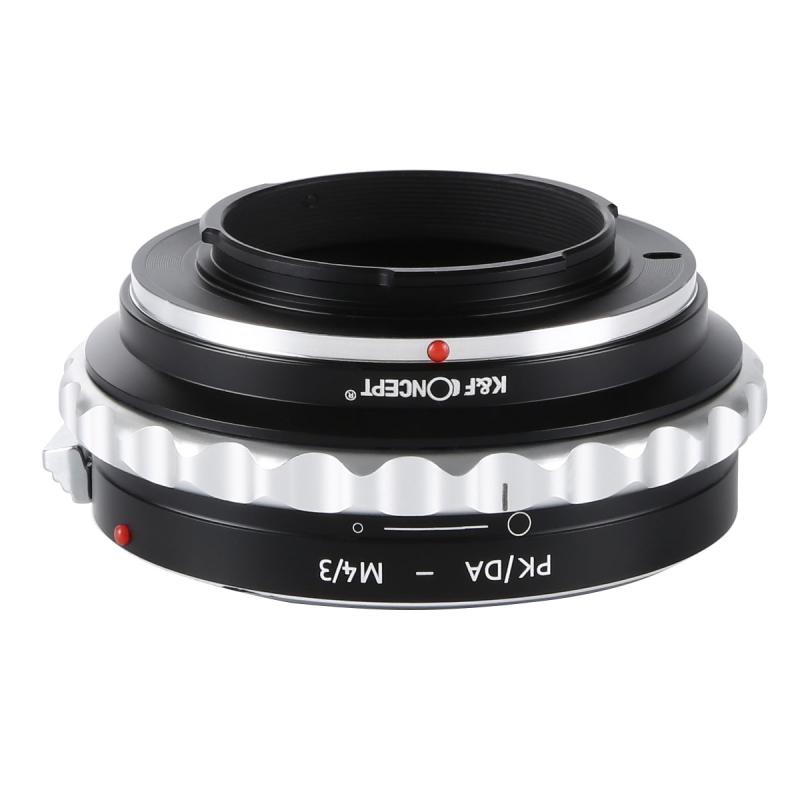
3、 Polishing the fountain pen body
Polishing the fountain pen body is an essential step in maintaining the pen's appearance and ensuring its longevity. Here's a step-by-step guide on how to polish a fountain pen:
1. Gather the necessary materials: You will need a soft, lint-free cloth, mild soap or fountain pen cleaner, warm water, and a microfiber cloth or polishing cloth.
2. Disassemble the pen: Remove the cap, barrel, and any other removable parts from the pen. This will allow you to clean and polish each component separately.
3. Clean the pen: Use a mild soap or fountain pen cleaner diluted in warm water to gently clean the pen's body. Avoid using harsh chemicals or abrasive cleaners as they can damage the pen's finish. Rinse the pen thoroughly and pat it dry with a soft cloth.
4. Polish the pen body: Apply a small amount of polish to a microfiber or polishing cloth. Gently rub the cloth over the pen's body in circular motions, focusing on any areas with tarnish or scratches. Be careful not to apply too much pressure, as this can damage the pen's finish.
5. Remove excess polish: After polishing, use a clean part of the cloth to remove any excess polish from the pen's body. This will help achieve a smooth and even finish.
6. Reassemble the pen: Once the pen is dry and polished, reassemble all the components carefully. Ensure that everything fits snugly and securely.
7. Final touches: Use a soft cloth to give the pen a final wipe-down, removing any fingerprints or smudges.
It's important to note that different pen materials may require specific cleaning and polishing methods. Always refer to the manufacturer's instructions or seek professional advice if you are unsure about the appropriate cleaning techniques for your specific fountain pen.
In recent years, there has been a growing trend towards using natural and eco-friendly cleaning products. If you prefer a more environmentally friendly approach, you can explore options such as using vinegar or lemon juice diluted in water as a mild cleaning solution. Additionally, there are eco-friendly polishing cloths available that are made from sustainable materials.
Regularly polishing your fountain pen will not only enhance its appearance but also help protect it from everyday wear and tear. By following these steps and staying up to date with the latest cleaning techniques, you can ensure that your fountain pen remains a cherished writing instrument for years to come.
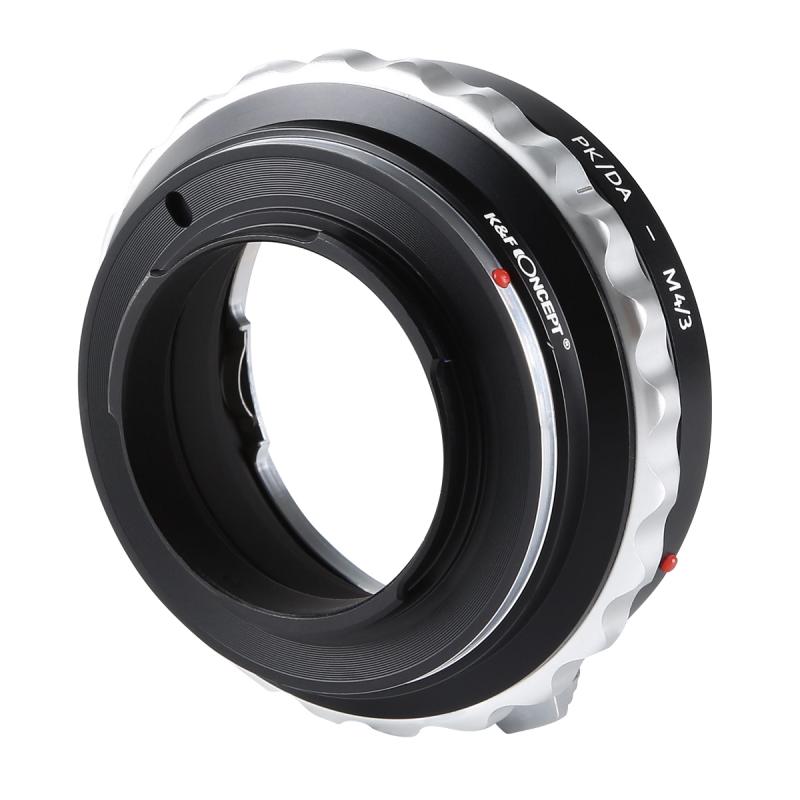
4、 Polishing the fountain pen cap
Polishing a fountain pen is an essential step in maintaining its appearance and ensuring its longevity. While the focus of this response is on polishing the fountain pen cap, it is important to note that the same principles can be applied to other parts of the pen as well.
To begin, gather a soft, lint-free cloth and a mild cleaning solution. It is crucial to avoid using abrasive materials or harsh chemicals that could damage the pen's surface. Dampen the cloth with the cleaning solution and gently wipe the cap in a circular motion. This will help remove any dirt, fingerprints, or smudges that may have accumulated over time.
For metal or chrome caps, a metal polish specifically designed for delicate surfaces can be used. Apply a small amount of the polish onto a clean cloth and gently rub it onto the cap. Be sure to follow the manufacturer's instructions and avoid excessive pressure to prevent scratching.
For plastic or resin caps, a gentle polishing compound can be used. Apply a small amount of the compound onto a cloth and rub it onto the cap using circular motions. This will help restore the cap's shine and remove any minor scratches.
After polishing, use a clean, dry cloth to remove any excess polish or cleaning solution. Ensure that the cap is completely dry before reassembling the pen.
It is worth mentioning that some fountain pen enthusiasts prefer to embrace the natural patina that develops over time, as it adds character to the pen. However, if you prefer a polished and pristine appearance, regular cleaning and polishing are recommended.
In conclusion, polishing the fountain pen cap is a straightforward process that involves using a soft cloth and a mild cleaning solution. By following these steps, you can maintain the pen's appearance and ensure its longevity.
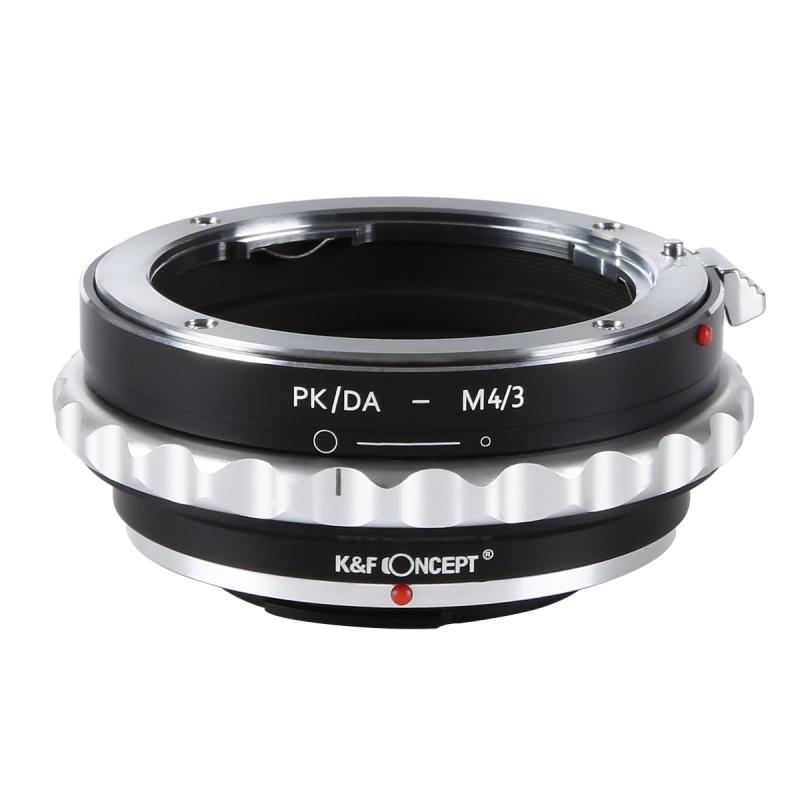








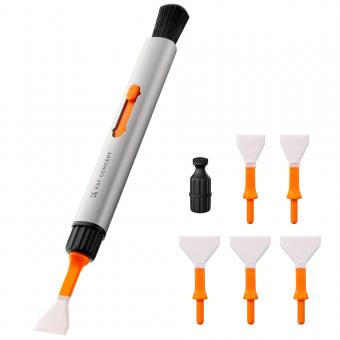







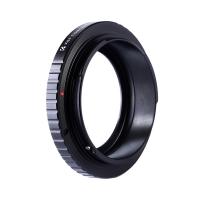
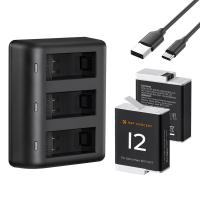
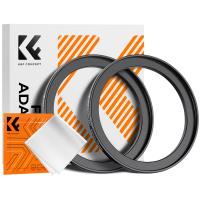












There are no comments for this blog.